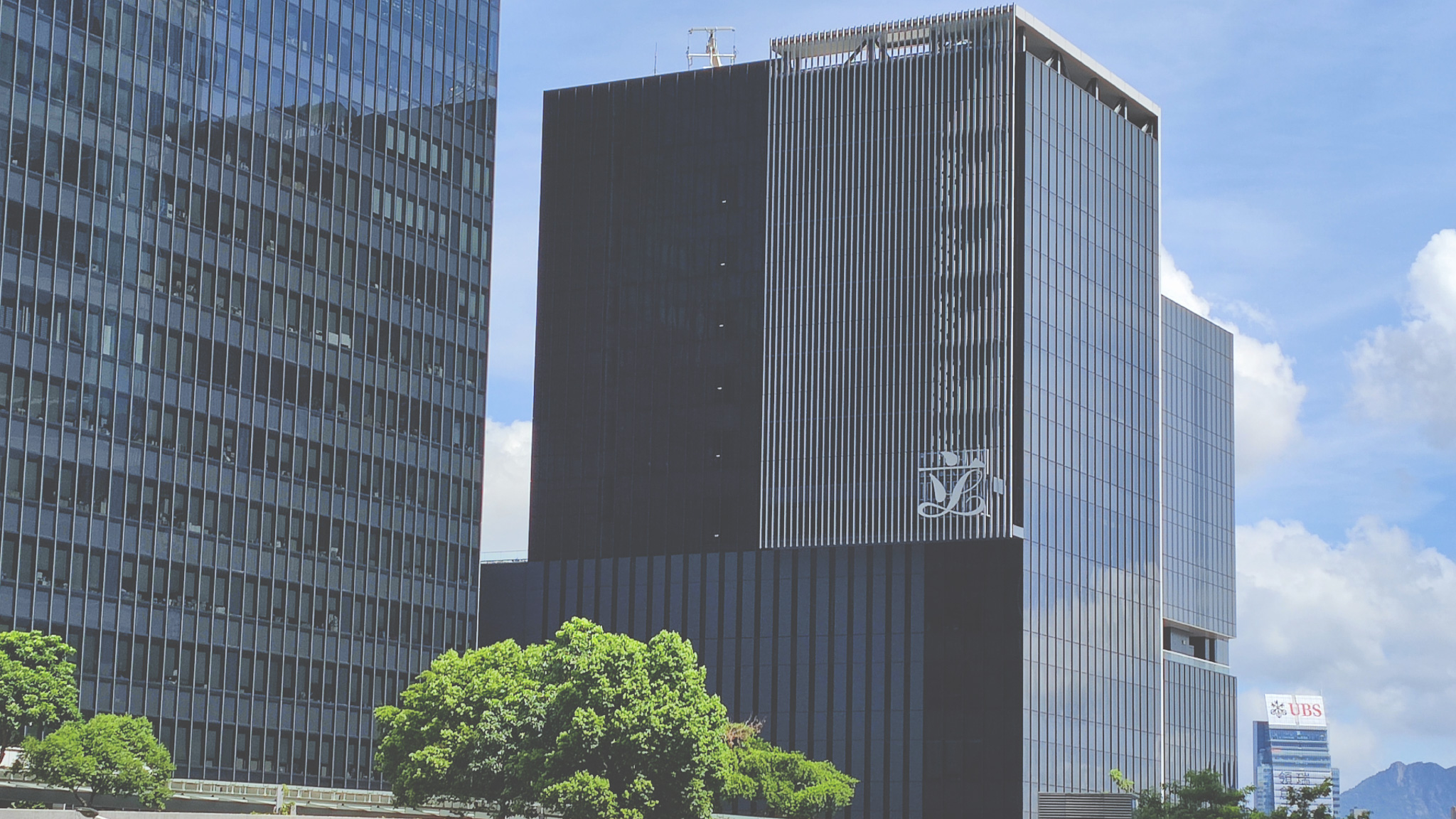Mr Nantapong Butakhieo co-authored an article with Dr Lina Vyas

A current student of the Master of Public Policy and Management (MPPM), Mr Nantapong Butakhieo has co-authored an article with Dr Lina Vyas, who is the Programme Leader of MPPM. The article is titled “The impact of working from home during COVID-19 on work and life domains: an exploratory study on Hong Kong”. The research paper argues that the pandemic has caused most if not all workers, to have experienced work from home (WFH). This situation provides unique insight into how well WFH works and may play a vital role in future policies that reshape the current arrangement of working hours, possibly allowing more flexibility. The article uses an exploratory framework and SWOT analysis to investigate the continuing experience the employers and employees face in Hong Kong. The following is a fine compilation of the article. The article can be found at: https://www.tandfonline.com/doi/full/10.1080/25741292.2020.1863560?scroll=top&needAccess=true.

The novel coronavirus (COVID-19), a pandemic sweeping across the globe, has challenged society in ways once considered unimaginable, forcing people to reconsider a wide variety of practices, from work, to leisure, to basic travel and daily tasks. Not only has this had individual impacts, but it has also impacted countries as a whole from an economic standpoint, bringing an array of economic sectors to a complete standstill. While there was a lot anticipated and there were countless warnings, especially from those working in public health, the challenge remained as a substantial change which requires planning, training and facilitating. While the society did mentally prepare, the extent and solution remained unthinkable and remains to be a big challenge.
Hong Kong, like most places, has long been following a standard practice to work in a formal office environment, where 85% of surveyed Hong Kong employees reported that they are required to work at the office during regular office hours with no flexible working options being offered. Thus, before the pandemic, the idea of WFH was a fantasy to many people, but such practice was considered not practicable for heavily populated cities like Hong Kong. This is principally because home working requires a quiet and dedicated space to perform work duties, which can be a real challenge for those living in tiny homes. Hong Kong is undoubtedly famous for having tiny homes, in which the average living space per person was only 161 sq ft. in 2018 (Task Force on Land Supply 2018), which is about 25% lower than Tokyo and 60% lower than Singapore (Ng 2018). Over the years, there has been a belief throughout the city that workers need to be physically present in the office to carry out the job. Now that the pandemic has forced a trial run for WFH in the city, for many, it is their first time to work remotely and to a large extent it is proving to be successful. Therefore, a unique opportunity to assess the possibility of having WFH as one of the future working models for such a densely populated city has high impact. Being one of the first studies in this area, to this research analyses three different dimensions. Firstly, this study attempts to enhance the understanding of WFH, including the factors that influence WFH and the practicality and effectiveness of this work arrangement. Secondly, the scrutiny of the WFH’s potential outcomes on workers’ work and life domains, such as flexibility and work motivation. Finally, our investigation in the context of Hong Kong adds distinctions to the record of Hong Kong’s response to the COVID-19 crisis, which is substantially believed to be victorious due to strong “community capacity” or social mobilization (Hartley and Jarvis 2020; Wan et al. 2020). The research highlights the COVID-19 pandemic and WFH in Hong Kong, with attention to WFH arrangements during the epidemic in Hong Kong. The paper concludes by presenting the policy implications and recommendations which include a series of possible actions that could be taken by the Government to make WFH more feasible in a local context.













